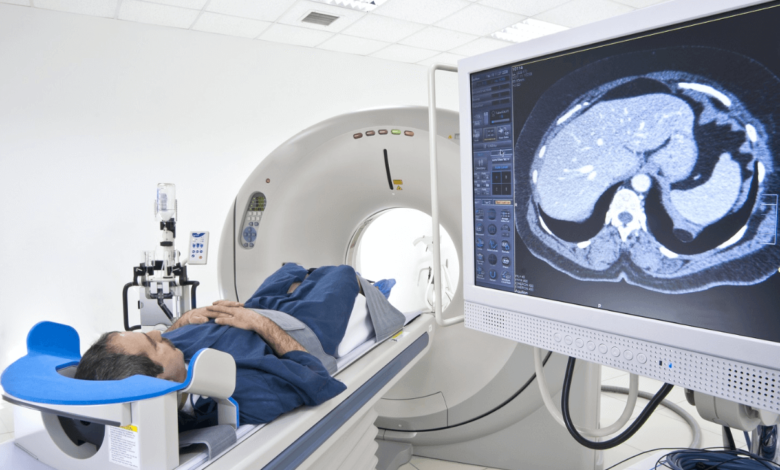How Medical Imaging Helps in Diagnosing Health Conditions

Medical imaging has transformed the landscape of healthcare by providing critical insights into the human body, enabling the accurate diagnosis of various health conditions. Techniques such as X-rays, MRIs, and CT scans are indispensable tools, allowing clinicians to visualize internal structures and detect abnormalities with precision. This capability not only reduces the likelihood of misdiagnosis but also guides treatment decisions that enhance patient outcomes. However, as technology advances, the implications of these innovations raise important questions about their future role in diagnostics and patient care. What changes can we anticipate in this evolving field?
Overview of Medical Imaging Techniques
Medical imaging encompasses a variety of techniques that enable healthcare professionals to visualize the interior of the body for diagnostic and therapeutic purposes.
Key modalities include X-ray technology, MRI advancements, ultrasound applications, CT innovations, and nuclear imaging.
These methods are integral to diagnostic radiology, providing critical insights into pathologies, guiding treatment decisions, and enhancing patient outcomes through precise imaging capabilities.
Importance of Accurate Diagnosis
Accurate diagnosis is a cornerstone of effective healthcare, as it directly influences treatment strategies and patient outcomes.
Diagnostic accuracy, facilitated by advanced imaging technology, ensures that clinicians can identify conditions with precision. This minimizes the risk of misdiagnosis, which can lead to inappropriate treatments and prolonged patient suffering.
Consequently, the integration of imaging techniques enhances overall healthcare effectiveness and optimizes patient care pathways.
Role of Imaging in Treatment Monitoring
While treatment protocols are initiated based on initial diagnoses, ongoing monitoring is essential to assess the effectiveness of therapeutic interventions.
Imaging technologies facilitate treatment evaluation by providing real-time insights into anatomical and functional changes.
These modalities enable clinicians to make informed decisions, adjusting therapies as necessary, thereby optimizing patient outcomes.
Thus, imaging plays a critical role in ensuring the efficacy of treatment strategies.
Future Trends in Medical Imaging
Advancements in imaging technology are poised to significantly transform the landscape of healthcare in the coming years.
AI integration will enhance diagnostic accuracy, while portable imaging will facilitate remote assessments.
Innovations in 3D visualization and molecular imaging will provide deeper insights into physiological conditions.
Furthermore, telemedicine applications will improve access to imaging services, all while prioritizing patient safety through advanced protocols.
Also read: How Massage Therapy Can Relieve Stress and Improve Health
Conclusion
In conclusion, medical imaging serves as an indispensable tool in modern healthcare, facilitating the accurate diagnosis of diverse health conditions. By employing advanced techniques such as X-rays, MRI, and CT scans, clinicians can visualize internal structures with remarkable precision, thereby enhancing clinical decision-making. The integration of these imaging modalities not only aids in identifying abnormalities but also plays a pivotal role in monitoring treatment efficacy. As technology continues to evolve, the potential for improved diagnostic capabilities and patient outcomes remains promising.


